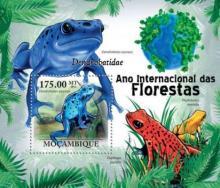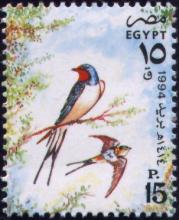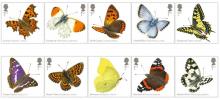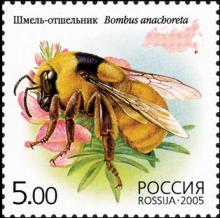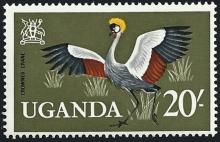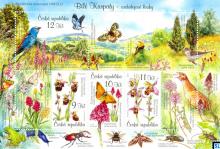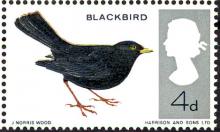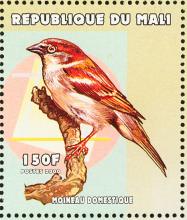The amphibian Armageddon - immune suppression by neonicotinoids is the culprit
Last month, a frog died in an Atlanta botanical garden. With it went an entire species never to hop along the Earth again. Biologists at Zoo Atlanta who’d looked after the frog for the past 12 years called him “Toughie.” He was a charismatic, glossy-eyed specimen and the very last Rabbs’ fringe-limbed tree frog in the world. Joseph Mendelson, the director of research at Zoo Atlanta, had been prepared for this. When the Rabbs’ frog was discovered in Panama in 2005, some 80 percent of the population had already been lost to disease. A few were removed in hope of a revival.

